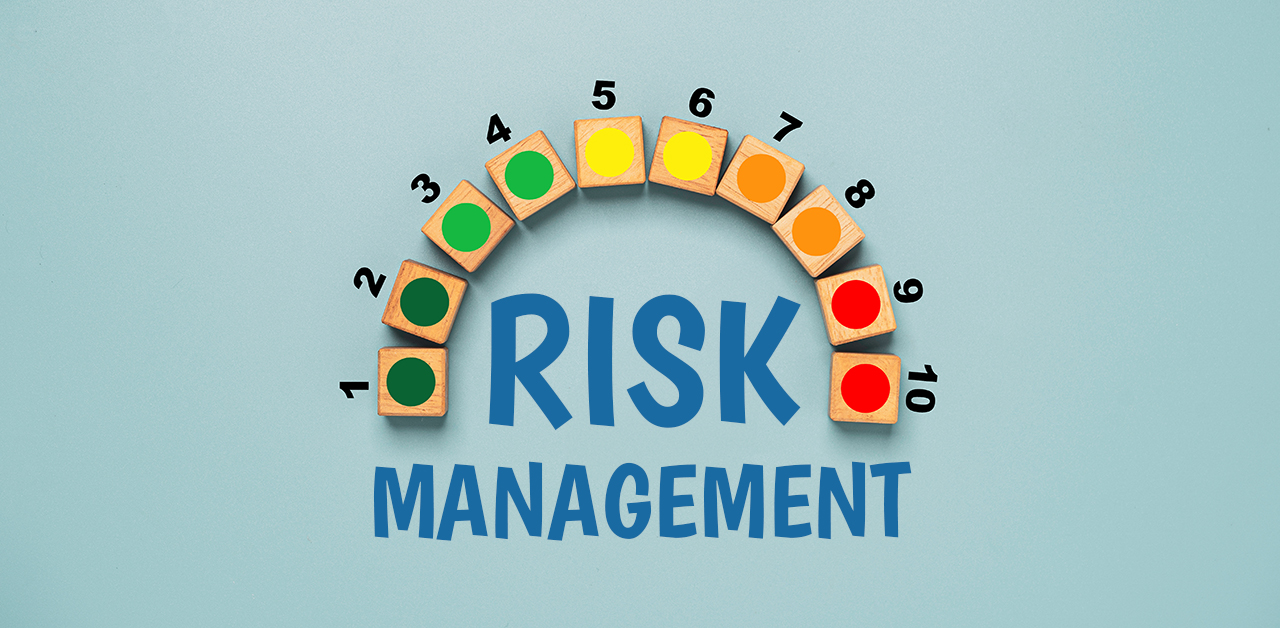When a glitch strikes a data center, however severe, the way that it’s handled can mean the difference between a major meltdown and resolving a temporary hangup in a timely manner. Power outages, server overloading, and outdated equipment may all lead to a data center outage. Companies not investing in rigorous IT support measures take the hardest blow to their reputation and finances.
Data center outage issues are becoming more common as data centers grow in number around the globe and server equipment ages. Now, some of the primary causes of damage are growing apparent. When companies fail to backup and update their servers or have a foolproof emergency plan, an outage can severely impact global business operations and compromise security.
Delta’s Data Center Meltdown
In August 2016, Delta Airlines experienced a major crash of their global computer system. Consequently, Delta had to cancel and delay thousands of flights around the world. Delta cited a power outage as the source of the crash. This crash was exemplary not only of how damaging a data center outage can be, but also of how crucial an emergency plan is for dealing with outages smoothly.
Financial Losses from a Data Center Outage Can Multiply by the Minute
A data center outage triggers a multitude of problems, the most painful being significant financial losses. Companies can lose millions of dollars in revenue alone when their computer systems crash.
Delta Airlines knows firsthand the loss that an outage can incur. The company’s outage incurred costs estimated to be in the multi-million dollar range. Southwest Airlines suffered a loss of between $5 and $10 million from a data center outage just a month prior to the Delta meltdown.
According to a study conducted by the Ponemon Institute, the average cost of just one minute of data center downtime is around $9,000. With an outage that spans multiple days, the costs add up quickly. For smaller businesses, this cost could possibly even mean life or death.
Planning for the Unplanned: Learning from Major Airline Mistakes
Obviously, an unplanned outage is unavoidable. The key to recovery is taking action quickly is taken and having an effective emergency plan.
Analysts who work in the data center industry point to Delta’s and other airlines’ outages as the result of continuously using outdated servers. They could not handle the massive information and operation demands. Many airline data centers are using legacy mainframe systems from as far back as the 1970s. Those servers are no spring chickens when it comes to performance. Add on the layers of demand from the increase in data-centric business, and it’s no wonder data centers are collapsing at companies’ feet.
Prevent Major Headaches with Server Redundancy, Frequent Upgrades, and Recovery Plans
The primary needs companies should fulfill include providing redundant servers, upgrading equipment regularly, and having solid emergency disaster recovery plans.
But one is not enough to support the rest. Delta allegedly spent millions of dollars on a secondary data center. They still experienced a meltdown because of failures to properly upgrade equipment. Overloading old servers will almost always snowball into a major issue down the road, so employing an ITAD vendor to help routinely update the technology within a data center is a much-needed investment.
Similarly, while an emergency recovery plan goes a long way, it becomes obsolete without server redundancy. Redundancy creates a failsafe in the event of a server crashing by reverting the network to a backup server. This prevents major losses of information and prevents entire operations from becoming non-functional. It allows people who rely on servers to keep doing their jobs.
Developing an Emergency Disaster Recovery Plan
Clearly, planning and practice are essential for an emergency disaster recovery plan. There are numerous outlines for plans available from IT companies. A plan can be custom-tailored to suit the needs of an individual data center. The plan should take into account as many scenarios as can be predicted.
An ITAD specialist can also help establish a good plan that works as the data center evolves over time. Money invested in a recovery plan will save potential millions of dollars in the future.
ITAD Specialists Can Help Manage Data Center Outages
Companies benefit greatly from having a certified ITAD specialist to call upon anytime there is a need for data center reconfigurations. With the help of such an expert, there can be more effective planning, recovery, and safety measures for protecting data security. In addition, ITAD services can streamline the process of upgrades, ensuring a substantial ROI for recycled equipment. They can also ensure thorough data destruction to prevent security breaches.
With so much potential for loss, companies can’t afford to be cavalier when it comes to protecting their data centers.


